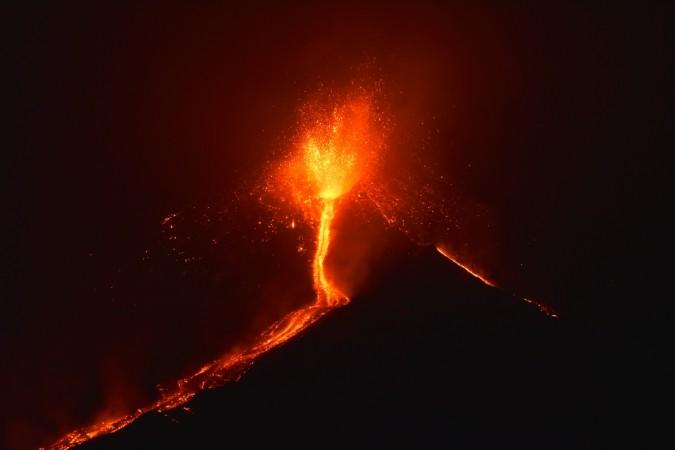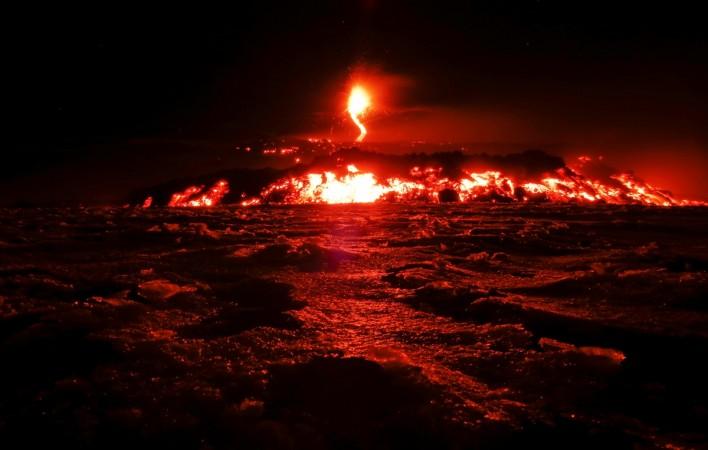
Mount Etna, one of the most active volcanoes in all of Europe, located on the Sicilian coast is slowly crumbling into the Mediterranean Sea. It will eventually slide into the water and when it does, the mountain is likely to send a powerful tsunami across the Mediterranean.
There is no obvious indication that the mountain will collapse any time soon, notes a report by LiveScience, but it is an eventuality, nevertheless. The south-eastern flank of the volcano is moving both above the ground as well as has a portion under the water, a new study has found. What this means is that the risk of "catastrophic collapse" is much higher than expected, say researchers.
"We need to understand better how this transition works and what sort of triggers does it take for a collapse," study co-author Morelia Urlaub, a researcher in marine geodynamics at the GEOMAR Helmholtz Centre for Ocean Research in Kiel, Germany, notes the report.

Mount Etna is one of Europe's most restless volcanoes. It has been active since at least 6,000 BC, show historical records. Since September 2013, Etna has been going through an eruptive cycle, explains the Smithsonian Institution's Global Volcanism Program, so it is due for a big blow-up anytime now.
Using satellite and GPS data, researchers discovered Etna's south-eastern side — the one facing the sea — has been slowly inching its way toward the water for at least 30 years now. Earlier this year, researchers from The Open University in the United Kingdom found how the slope moved 14 mm, on average a year between 2001 and 2012.
Scientists, however, are at an impasse in the debate, Urlaub said, of whether this slow slide over the last three decades is a result of magma build-up beneath and within the volcano or if it is a result of gravity. Mount Etna is constantly spitting magma and rock onto its sides, she explained, gravity just tugs on all that new material downward.
"That's common with these big volcanoes," Urlaub said. "They spread at the base."
Mount Etna is unique in the sense that it has its "feet in the water," Urlaub said. Its slope continues well below the coastline and into the Mediterranean. Till this study, there was no explanation as to how the flank moved under the sea.
Researchers found that in an eight-day period last May, a fault appeared on Etna's submarine flank and shifted nearly 4 cm. Its cause was, note the researchers, not because of an earthquake, rather, it happened, as a gradual, slow slip without a fault rupture or seismic waves.
"There is a hazard," Urlaub said. "We just have to keep an eye on Etna's flank and how it is moving."

The study was first published in the journal Science Advances.









